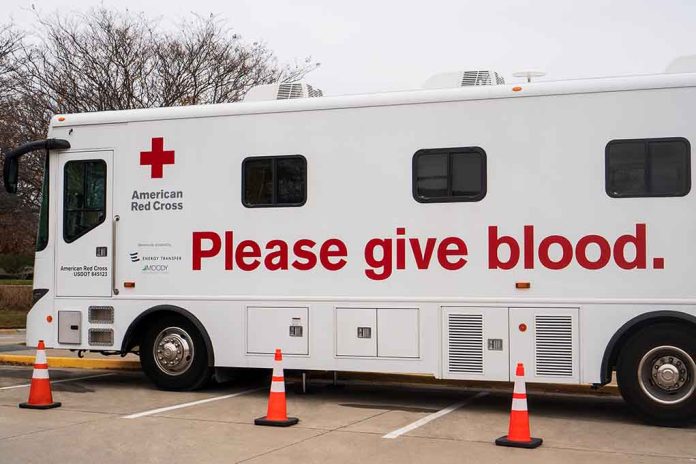
(DailyDig.com) – A spike in blood donations occurred at the beginning of 2023 due to a T-shirt with the image of Snoopy wearing sunglasses and casually resting against the classic American Red Cross insignia.
The Red Cross reported a critical scarcity of blood on January 8, requiring immediate donation. Red Cross physician Dr. Eric Gehrie reported a shortage of seven thousand units of blood.
Young people responded well to the Snoopy T-shirt campaign. The number of respondents who were younger than 35 years old exceeded 70 thousand. The goal, according to the Red Cross, was to encourage first-time blood donations among youth and young adults in the hopes that this would lead to a lifetime of giving.
According to Gehrie, 300,000 fewer blood donors were a result of the epidemic, but specialists are concerned that this number will remain low. According to him, in order to cover the hospital’s present requirement, they need an extra 8,000 contributions every week during January.
National Blood Collection Survey data shows that the number of blood donors among young people and teenagers has been declining since 2013.
The Red Cross speculates that institutions like schools, churches, and offices that often hosted blood drives before the pandemic have now ceased such activities, which might explain in part the precipitous fall in donations.
The Food and Drug Administration established a new standard for blood donors in 2015, which contributes to the decrease.
The agency raised the minimum hemoglobin level needed to be a donor. Iron, an important mineral found in hemoglobin molecules, is often lower in adolescent girls and young women due to menstruation, according to Dr. Claudia Cohn from the Association for the Advancement of Blood & Biotherapies. The goal of the FDA’s amendment was to lower the possibility of iron insufficiency after donation.
Blood donation eligibility standards for weight were adjusted by the FDA to 110 pounds or heavier.
The modifications are most likely to affect young, first-time donors, Gehrie said, even though those minimal limits were put in place to safeguard donors.
Copyright 2024, DailyDig.com













